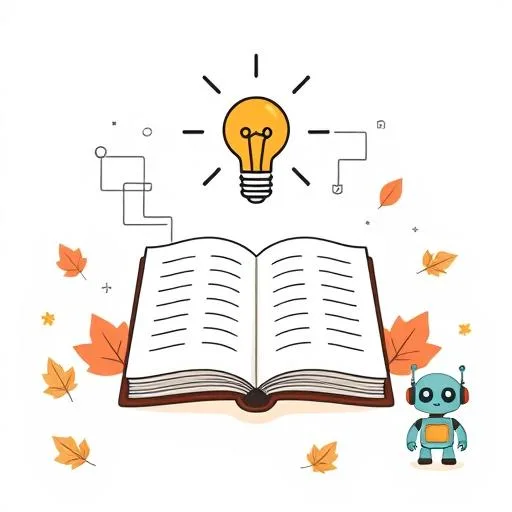
Ever watched your child stare blankly at a homework assignment, only to light up when they discover a new way to tackle it? That’s the kind of shift generative AI is bringing to education—transforming homework from repetitive tasks into dynamic, creative explorations. But with great power comes great responsibility, right? Let’s dive into how we can guide our kids to use AI not as a crutch, but as a catalyst for growth.
How Is AI Revolutionizing Homework Beyond Just Answers?

Homework has always been that bridge between classroom learning and independent practice, but generative AI is turning that bridge into a superhighway. Imagine your child using AI to brainstorm ideas for a project, edit their writing, or even analyze complex problems—it’s like having a patient tutor available 24/7. Guess what? Teens are already using AI for creative assignments—way beyond copying answers! Plenty of kids use AI to brainstorm wild ideas. That’s a game-changer!
But here’s the catch: if we’re not careful, AI could turn homework into a mindless copy-paste exercise. The goal isn’t to replace thinking; it’s to enhance it. Think of AI as a co-pilot on a family road trip—it suggests routes and points of interest, but you’re still the one driving the adventure.
What Are the Key Challenges: Equity, Ethics, and Engagement?

As with any tool, AI comes with its share of bumps in the road. Not every child has equal access to technology or a supportive home environment, which can widen existing inequalities. And let’s be real—when AI can whip up an essay in seconds, how do teachers know what’s truly the student’s work? As parents, we get why this worries teachers, but banning AI isn’t the answer. Instead, we need to rethink what homework should achieve.
Research highlights that students generally have a positive attitude toward AI in learning, but they’re also aware of its limitations—like reliability and ethical issues. This is where we, as parents and educators, step in. By setting clear boundaries and encouraging critical thinking, we can help kids use AI responsibly. It’s like teaching them to cook: you don’t hand over the kitchen without showing them how to handle the knives safely.
How Can You Make AI Work for Your Family? Practical Tips

So, how can we harness AI’s potential without losing the heart of learning? Here are a few ideas to try at home:
- Use AI as a brainstorming buddy: Encourage your child to ask AI for ideas on a project, then discuss which ones resonate and why. It’s a great way to foster creativity and decision-making.
- Focus on process over product: Instead of just grading the final essay, celebrate the steps—how they researched, edited, and refined their work with AI’s help. This mirrors real-world skills they’ll need later.
- Set screen-time boundaries: Balance AI use with offline activities. Maybe after using AI for homework, unwind with a family walk or a hands-on craft project. It keeps things grounded and joyful.
Remember, AI isn’t here to replace the magic of learning; it’s here to amplify it. By guiding our kids, we’re preparing them for a future where technology and humanity work hand in hand.
What’s the Future of Homework with AI? Hope and Heart

Change can be daunting, especially when it involves our children’s education. But there’s so much hope in this new era. AI can personalize learning, spark curiosity, and even level the playing field for students who struggle. As one expert noted, homework might shift toward deeper engagement and application of knowledge—less about memorization, more about meaning (source).
At the end of the day, it’s about nurturing resilient, thoughtful learners who aren’t afraid to explore new tools. Whether your child is using AI to draft a story or solve a math problem, the key is to keep the conversation going. What excites them? What challenges them? When was the last time homework made your child’s eyes light up? Together, we can turn homework from a chore into a chance for growth—and maybe even have a little fun along the way.
Source: The Future Of Homework In The Era Of Generative AI, Elearning Industry, 2025/09/08
